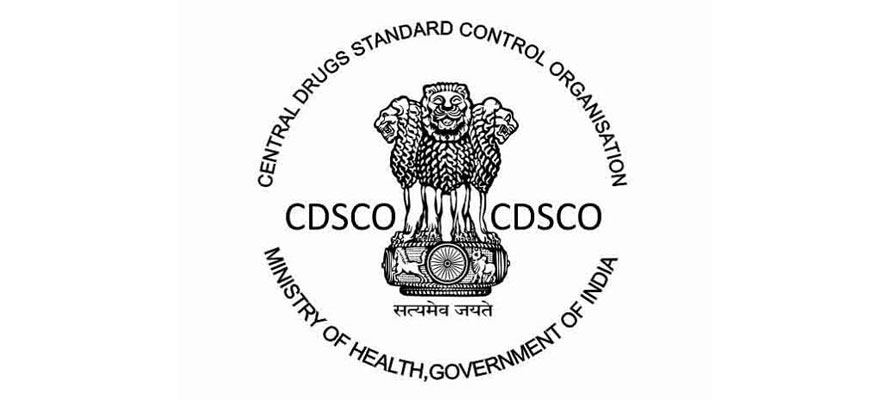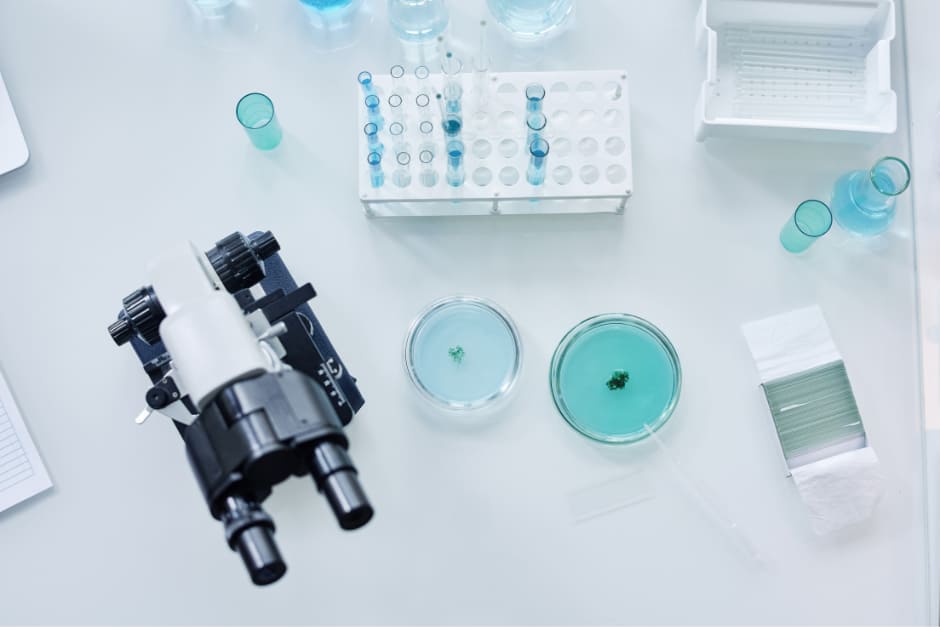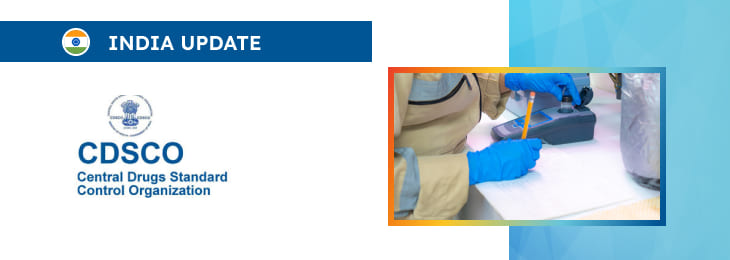The new article addresses the matters related to monitoring to be conducted in the course of a clinical investigation.

Table of content
The Central Drugs Standard Control Organization (CDSCO), an Indian regulating authority in the sphere of healthcare products, has published a guidance document dedicated to Good Clinical Practices. The document provides an overview of the best principles and approaches, as well as additional clarifications and recommendations to be considered by the parties responsible for clinical trials involving healthcare products in order to ensure compliance with the applicable legal framework.
Monitoring Overview
The process of monitoring in clinical research ensures that the study is conducted according to the agreed protocol, good clinical practices (GCP), and applicable regulatory requirements. The sponsor, who holds the ultimate responsibility for the study, must determine the appropriate level and nature of monitoring based on the identified risks of the study.
These risks may arise from various factors such as the study’s objectives, design, complexity, blinding, the number of participants, and knowledge of the investigational product’s safety profile. Monitoring strategies may include site-specific or centralized methods, and the sponsor must appoint trained monitors or service providers to oversee the study.
These monitors serve as the communication bridge between the sponsor, investigator, and other involved parties, ensuring that the study’s execution is aligned with the approved plan.

Monitor Qualifications
In accordance with the applicable requirements, monitors must possess adequate pharmaceutical and/or scientific qualifications and have prior experience in clinical research. Their knowledge should extend to a thorough understanding of the investigational product, the study protocol, the informed consent process, and all written materials provided to participants.
Furthermore, monitors should be well-versed in GCP guidelines, the sponsor’s standard operating procedures (SOPs), and the relevant regulatory requirements applicable to the research location.
Monitor Responsibilities
Monitors play a critical role in ensuring the integrity and quality of the study. Their responsibilities include overseeing the study’s progress, verifying that the study conduct aligns with the protocol and GCP, and ensuring data handling is accurate and secure.
In particular, their key responsibilities include:
- Verification of Investigator Qualifications: Monitors must confirm that the investigators have the necessary qualifications, expertise, and resources to conduct the study.
- Institutional Facilities: Monitors ensure that institutional facilities, including laboratories, equipment, staff, and storage spaces, are adequate and will remain available throughout the study.
- Investigational Product Management: Monitors are responsible for ensuring that investigational products are available throughout the study, stored properly, and administered only to eligible participants according to the protocol. They must also verify that products are returned and destroyed appropriately as per protocol.
- Compliance with Protocol and Documentation: Monitors ensure that investigators follow the study protocol and that all participants have provided informed consent before study participation. They also verify that essential study documents are maintained properly.
- Safety Monitoring: Monitors confirm that adverse events are reported in compliance with the protocol, GCP, and applicable regulatory requirements. Blinding should be maintained where applicable.
- Deviation Reporting: In cases of deviations from the protocol or GCP, monitors must promptly inform the sponsor and investigator, highlighting critical deviations that require corrective action.
- Monitoring Plan Adherence: Monitors should follow a written set of SOPs, and the sponsor may develop a monitoring plan tailored to the study’s specific risks. This plan should emphasize participant safety and critical study endpoints.
Investigator Site Monitoring
Investigator site monitoring involves evaluating activities at the study sites, including pharmacies and local laboratories. Monitoring frequency is determined based on identified risks, and it may be adjusted as the study progresses and new information is gained.
This monitoring can be performed on-site or remotely, depending on the activity’s nature and its objectives. On-Site Monitoring involves physical visits to the research sites to ensure proper conduct, compliance with the protocol, and adherence to GCP guidelines.
Remote Monitoring ensures that secure, remote access to source records and other essential systems can also be employed. This allows monitors to oversee study conduct without being physically present at the site.
Centralized Monitoring
Centralized monitoring refers to the evaluation of study data accumulated from all sites by a qualified team of individuals, which may include medical monitors, data scientists, data managers, or biostatisticians. This process complements or may reduce the need for frequent on-site monitoring.
Data Analysis: Centralized monitoring allows for real-time evaluation of study data, helping to identify systemic or site-specific issues such as protocol non-compliance or unreliable data.
Targeted Monitoring: Based on the analysis of centrally monitored data, sponsors may choose to focus their efforts on specific sites or processes that require additional oversight. This allows for a more efficient allocation of resources and ensures that high-risk sites are monitored more closely.
Monitoring Strategy
The overall monitoring strategy should be designed with the study’s objectives and risks in mind, ensuring that all aspects critical to the study’s quality are under appropriate oversight. Sponsors must consider the capabilities of each site and the potential burden monitoring places on investigators and staff.
The plan should focus on ensuring participant safety and the integrity of study endpoints while also providing sufficient flexibility to adjust to new risks or challenges as they arise.
Reporting and Documentation
Monitors are required to maintain detailed records of all site visits, phone calls, and correspondence with investigators and other involved parties. After each site visit, the monitor must submit a written report to the sponsor detailing the findings, deviations, and any actions taken to ensure compliance.
This report should include the date, site name, names of individuals involved, a summary of the monitor’s activities, and any deviations or deficiencies observed. A follow-up review of the monitoring report with the sponsor should also be documented.
Monitors must ensure that the investigator adheres to proper data reporting procedures, including the accurate and legible completion of case report forms (CRFs). The monitor should specifically verify that critical data is accurately reported on the CRFs and is consistent with the source documents.
Any changes to the dosage or therapy, adverse events, and missed visits must be clearly documented.
Conclusion
In summary, monitoring in clinical research plays a vital role in ensuring that studies are conducted ethically and in compliance with regulatory standards. Sponsors must carefully design their monitoring strategies based on the study’s complexity, risks, and objectives, appointing adequately trained monitors to oversee the study. Whether through on-site or centralized monitoring, the ultimate goal is to protect participants’ safety, ensure data integrity, and uphold the credibility of the research.
How Can RegDesk Help?
RegDesk is an AI-powered Regulatory Information Management System that provides medical device companies with regulatory intelligence for over 120 markets worldwide. It can help you prepare and publish global applications, manage standards, run change assessments, and obtain real-time alerts on regulatory changes through a centralized platform. Global expansion has never been this simple.

